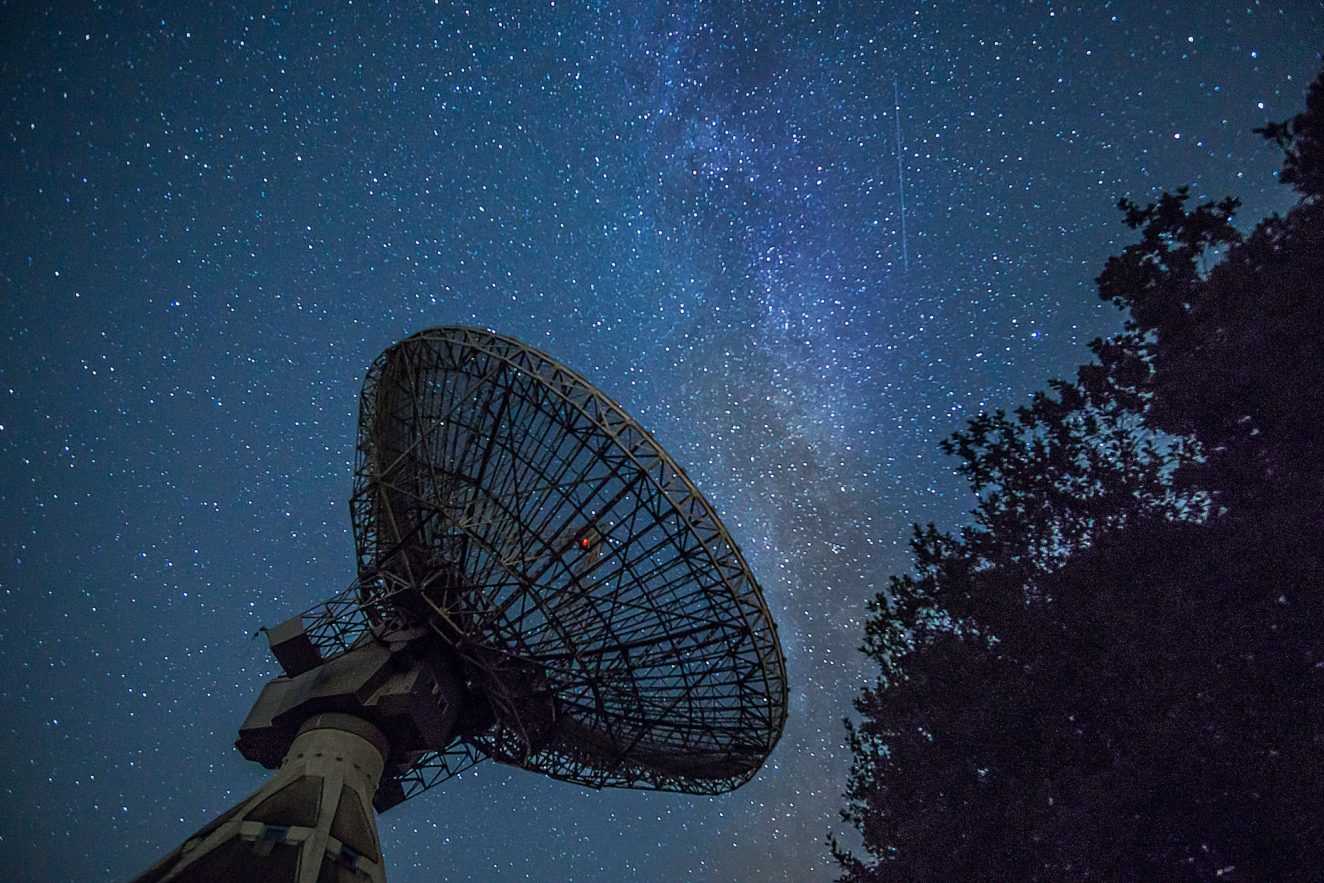Gaze up at the night sky, and you’ll find a sparkling tapestry of stars, each one a luminous gem in the vast expanse of the universe. Stars have captivated human imagination for eons, serving as navigational guides, mythical symbols, and celestial wonders. In this blog post, we’ll embark on a journey through the captivating world of stars, exploring what they are, what they’re made of, what they do, why they’re studied in astronomy, and the fascinating constellations that grace our night skies.

What Are Stars?
Stars are celestial objects made primarily of hydrogen and helium gas that undergo a process known as nuclear fusion in their cores. This process generates a tremendous amount of energy in the form of light and heat, making stars shine brilliantly in the night sky.
What Are Stars Made Of?
- Hydrogen: Stars are predominantly composed of hydrogen, the lightest and most abundant element in the universe. Hydrogen nuclei fuse together to form helium in the star’s core.
- Helium: Helium is the second most abundant element in stars. It is produced through the fusion of hydrogen nuclei and plays a crucial role in maintaining a star’s stability.
- Trace Elements: Stars also contain trace amounts of other elements, such as carbon, oxygen, and heavier metals. These elements are produced during various stages of a star’s lifecycle.
What Do Stars Do?
Stars are dynamic, ever-changing cosmic entities with a myriad of roles in the universe:
- Energy Production: Stars are the universe’s natural powerhouses, converting hydrogen into helium through nuclear fusion. This process releases an incredible amount of energy in the form of light and heat, which radiates into space.
- Illumination: Stars light up the night sky, providing navigation for sailors, inspiration for artists, and a sense of wonder for stargazers. They contribute to the beauty of our planet’s nightscapes.
- Nurturing Planets: Stars, particularly our Sun, serve as the gravitational anchors for planets in a solar system. They provide the necessary warmth and energy to sustain life.
- Galactic Structure: Stars are the building blocks of galaxies. They cluster together, forming galaxies of various shapes and sizes, including our very own Milky Way.
Why Are Stars Studied in Astronomy?
Astronomy, the study of celestial objects and the universe, dedicates a significant portion of its focus to understanding stars. Here’s why stars are central to astronomical research:
- Stellar Evolution: By studying stars, astronomers gain insights into the life cycles of stars, from their formation in stellar nurseries to their eventual demise.
- Nuclear Fusion: Stars’ nuclear fusion processes help scientists understand the conditions and reactions occurring in the core of stars. This knowledge is crucial for nuclear physics.
- Cosmic Distance Measurement: Stars serve as reference points for measuring cosmic distances. The brightness of certain stars, known as “standard candles,” helps determine the distance to galaxies and celestial objects.
- Stellar Spectroscopy: The analysis of starlight through spectroscopy unveils the chemical composition, temperature, and physical properties of stars.
- Stellar Classification: Stars are categorized based on their properties, such as temperature, luminosity, and size. This classification aids astronomers in understanding the diversity of stars.

Constellations: A Starry Tapestry of Imagination
Constellations are groupings of stars that, when connected by imaginary lines, form recognizable patterns or shapes in the night sky. These celestial “connect-the-dots” provide a cultural and navigational significance:
- Cultural Significance: Throughout history, different cultures have associated constellations with their own mythologies and stories. The same constellation may have different cultural interpretations.
- Navigation: Constellations have been vital for navigation, as they offer reference points for travelers and sailors. The North Star (Polaris), located in the Ursa Minor constellation, is a well-known navigational aid in the Northern Hemisphere.
- Imaginary Stories: From Orion the Hunter to the Great Bear (Ursa Major), constellations have sparked countless tales and legends, enhancing our connection to the night sky.
- Astronomical Research: While constellations may seem arbitrary, they help astronomers locate and study celestial objects, particularly in the era before telescopes and advanced technology.
Stars in Constellations
Stars within constellations vary in brightness and appearance, and some are more famous than others:
- Sirius: Known as the “Dog Star” in the constellation Canis Major, Sirius is the brightest star in the night sky. It holds a special place in ancient and modern astronomy.
- Betelgeuse and Rigel: These two stars, found in the constellation Orion, are among the brightest and most recognizable stars. They mark Orion’s shoulder and foot, respectively.
- Vega: A prominent star in the constellation Lyra, Vega is one of the three stars in the Summer Triangle, making it easily visible in the summer night sky.
- Aldebaran: Located in the eye of Taurus the Bull, Aldebaran is an orange giant star that stands out in the constellation.

Stars are not just celestial objects; they are luminous beacons that have shaped our understanding of the universe, our culture, and even our sense of wonder. From their essential role in the cosmos to their significance in art and storytelling, stars continue to capture our imagination. Constellations, in turn, weave a celestial tapestry that connects humanity to the cosmos.
The next time you gaze up at the night sky and admire the stars and constellations, take a moment to reflect on the incredible beauty, knowledge, and inspiration they offer. Stars are not only luminous entities but also symbols of our boundless curiosity and imagination. They remind us that the universe is a vast, mysterious, and enchanting place that continues to unfold its secrets to those who dare to look up.





